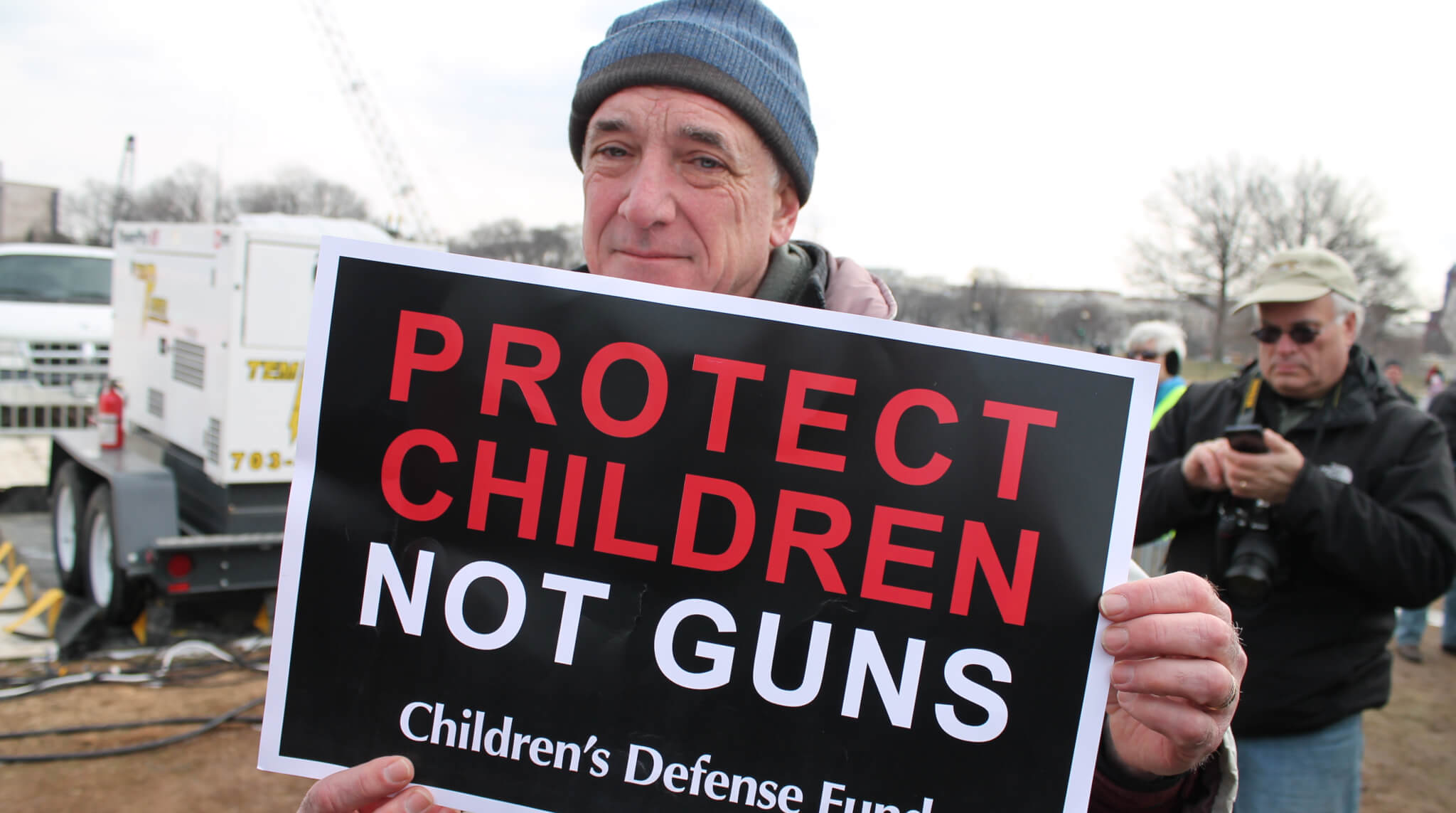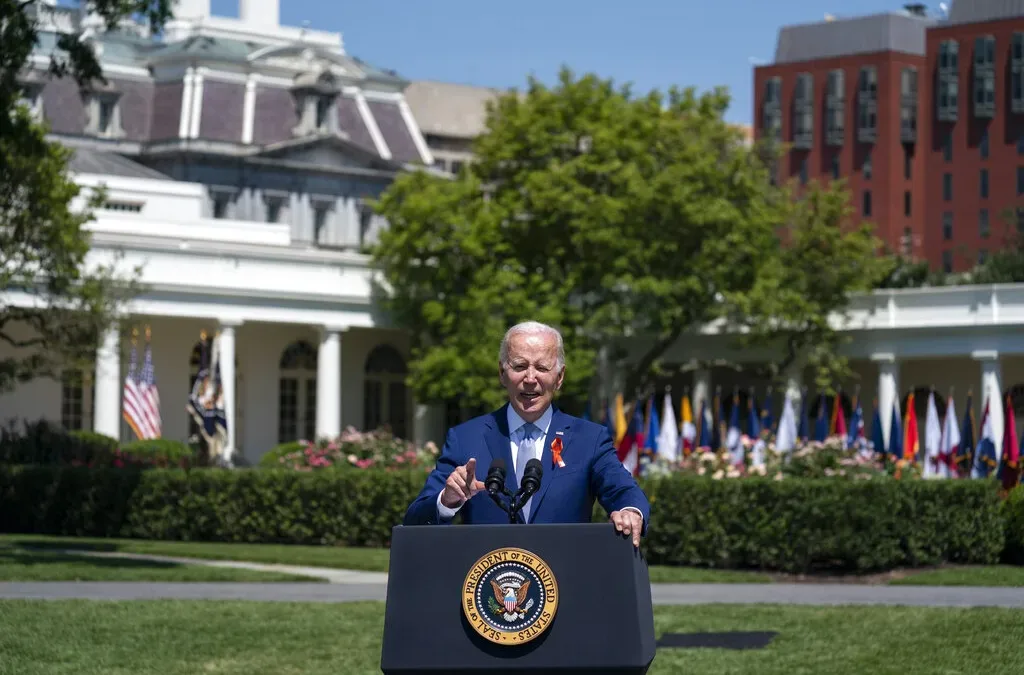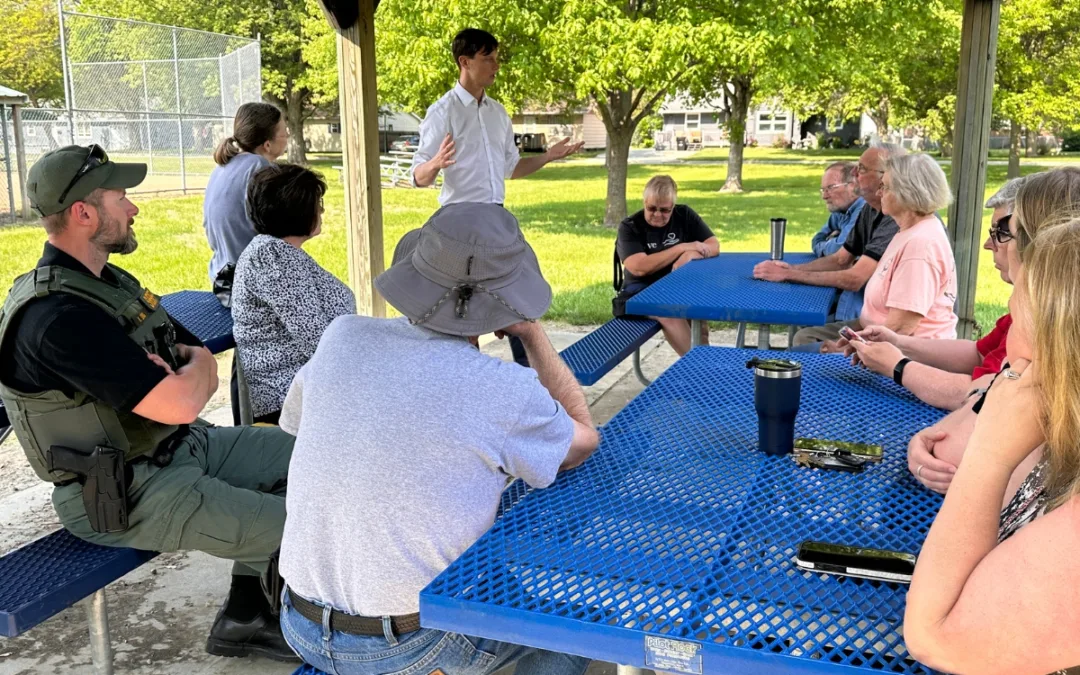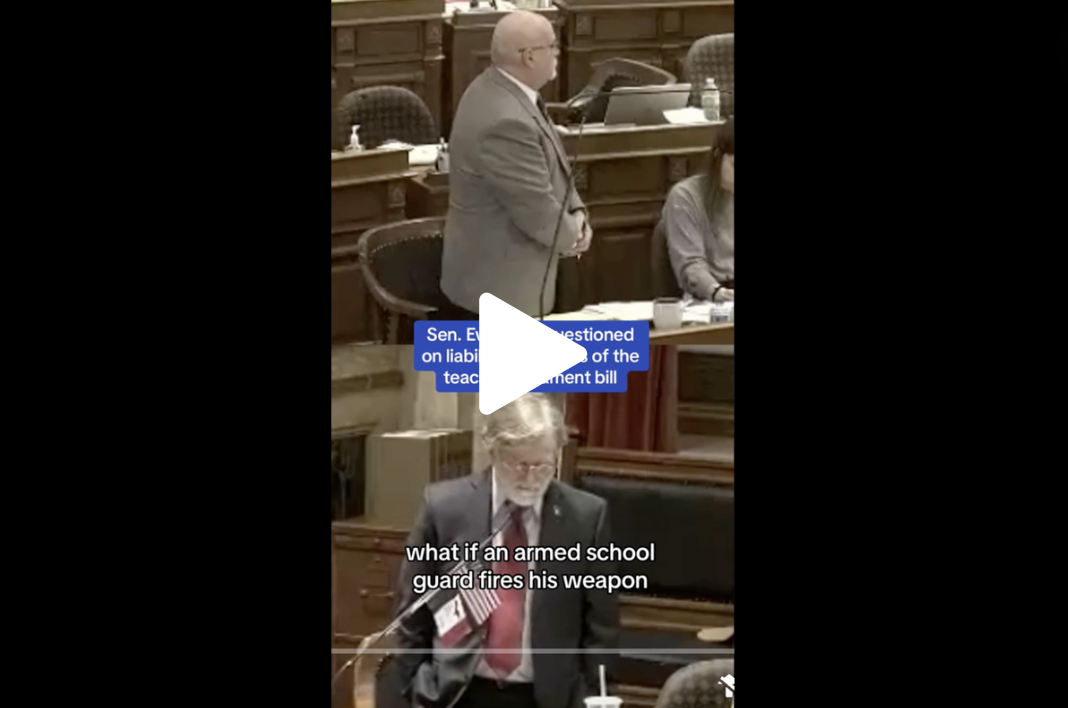
That priest in Australia nailed it with his message on the Anglican church sign last week:
“When Will They Love Their Kids More Than Their Guns.”
The sign was a pointed reference to the latest St. Valentine’s Day massacre in the United States.
This massacre didn’t involve a bunch of thugs shot to death with machine guns in a garage on the north side of Chicago. That was in 1929. This one involved 14 students and three faculty and staff members shot to death with a semi-automatic rifle at a high school in Parkland, Fla.
The priest’s roadside commentary was a swipe at the political paralysis that has left leaders in the United States unwilling to deal with the scourge of mass murder.
The priest’s frustration is not surprising.
He lives in a nation that responded quickly and decisively after a gunman killed 35 people in 1996 using a semi-automatic rifle in a horrific rampage in Port Arthur, Tasmania.
In short order, the Australian Parliament banned the private ownership of all semi-automatic firearms and pump-action shotguns. Lawmaker went a step further. As part of the legislation, Australia also launched a mandatory buy-back program and spent $375 million to get those weapons off the streets.
No mass murders have occurred in Australia in the past two decades.
But in the United States, other than offering their thoughts and prayers for the dead and injured, it is virtually impossible to get members of Congress to even talk about these gun tragedies, much less act.
In the span of just five months, we have witnessed the horror in Parkland, the tragedy last December at the church in Sutherland Springs, Texas, and the nightmare last October at the concert in Las Vegas.
Five months. Three tragedies. 103 deaths. 476 wounded.
But Congress has not convened any hearings, launched any studies or begun any debates.
In February 2017, the U.S. House and U.S. Senate decided to repeal an Obama administration regulation that would have added to the national instant background check system for gun purchasers the names of about 75,000 people who receive federal mental health benefits. President Donald Trump signed the legislation.
America’s gun paralysis comes from two distinct sources.
The Second Amendment states, in part, “the right of the people to keep and bear arms, shall not be infringed.” Gun-rights supporters think that language is pretty much absolute, except perhaps for nuclear weapons, missiles and artillery pieces.
But the Second Amendment is not absolute, just as the First Amendment is not absolute. Thanks, in part, to the original St. Valentine’s Day massacre, the federal government has long restricted the private ownership and possession of machine guns and fully automatic weapons.
In 1994, Congress also approved, and President Bill Clinton signed, a ban on the manufacture and ownership of so-called assault weapons and large-capacity ammunition magazines. The ban was allowed to expire 10 years later, however, under President George W. Bush.
The other factor in our paralysis comes from the belief by some gun supporters that any regulation government contemplates basically needs to prevent all future mass killings.
Banning so-called “bump stocks” would not have prevented all of the carnage in Las Vegas, they point out. Eliminating the gun show and private sale loopholes would not have prevented the Parkland killings.
Instead of focusing on guns, these Second Amendment advocates say there needs to be improved treatment for the mentally ill, more armed security guards in America’s schools, and a change in America’s culture.
Over the weekend, talk radio’s Rush Limbaugh said “concealed carry” of handguns needs to be allowed inside schools.
Sigh. Aren’t we already expecting our teachers to be miracle workers — by educating our kids, serving as social workers for students, and being bodyguards for them if violence breaks out?
There never is one simple solution to a complex problem, and stopping mass murders is no exception.
Consider what has occurred with fatal motor vehicle accidents in my lifetime. The frequency of these crashes has been cut dramatically, but no one ever said that just one safety improvement would eliminate the problem.
Car designers and government safety regulators never promised seat belts would save every life. Road designers never said wider highways would stop fatal crashes. Safety experts never predicted that tougher drunken-driving laws would keep all intoxicated people from driving.
But together, these incremental steps have had dramatic results.
In 1970, the worst year on record for traffic deaths in the U.S., 54,589 people lost their lives in crashes. That was 26 deaths per 100,000 population.
By 2015, traffic deaths had fallen to 35,485, and the rate had dropped to 11 deaths per 100,000 population.
The problem of traffic deaths has not disappeared. But tens of thousands of people are alive today who would not be if the United States had not approached highway safety with the notion of chipping away to reduce the problem.
So, let’s not expect any one corrective action to stop all mass gun deaths. But let’s not allow members of Congress to wait for public attention to the gun problem to go away.
The pastor in Australia was right.
by Randy Evans
Reprint from Bloomfield Democrat
Photo via Elvert Barnes
Posted 2/21/18
Politics

Biden announces new action to address gun sale loopholes
The Biden administration on Thursday announced new action to crack down on the sale of firearms without background checks and prevent the illegal...

Biden cancels student loan debt for 2,690 more Iowans
The Biden administration on Friday announced its cancellation of an additional $7.4 billion in student debt for 277,000 borrowers, including 2,690...
Local News

No more Kum & Go? New owner Maverik of Utah retiring famous brand
Will Kum & Go have come and gone by next year? One new report claims that's the plan by the store's new owners. The Iowa-based convenience store...

Here’s a recap of the biggest headlines Iowa celebs made In 2023
For these famous Iowans, 2023 was a year of controversy, career highlights, and full-circle moments. Here’s how 2023 went for the following Iowans:...





